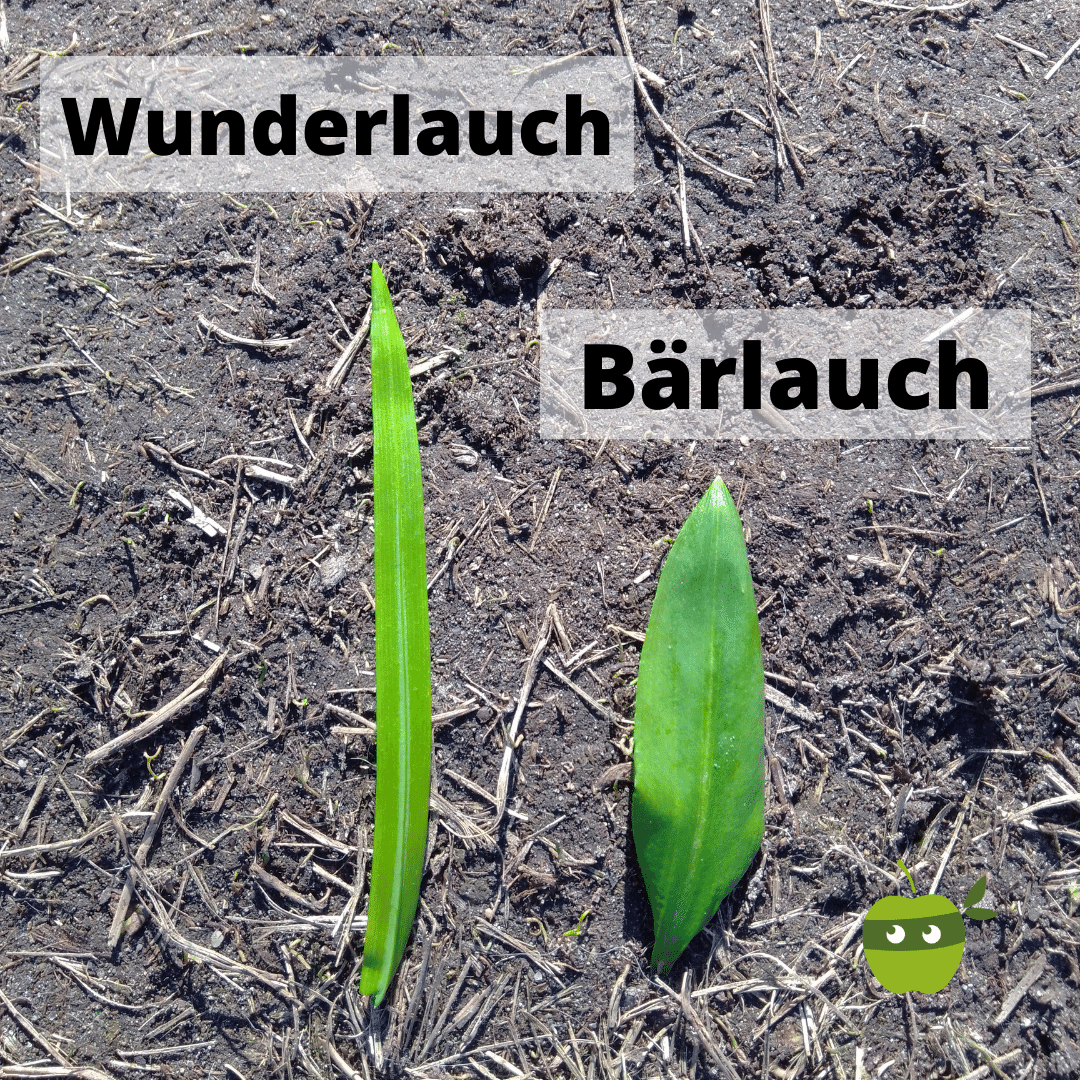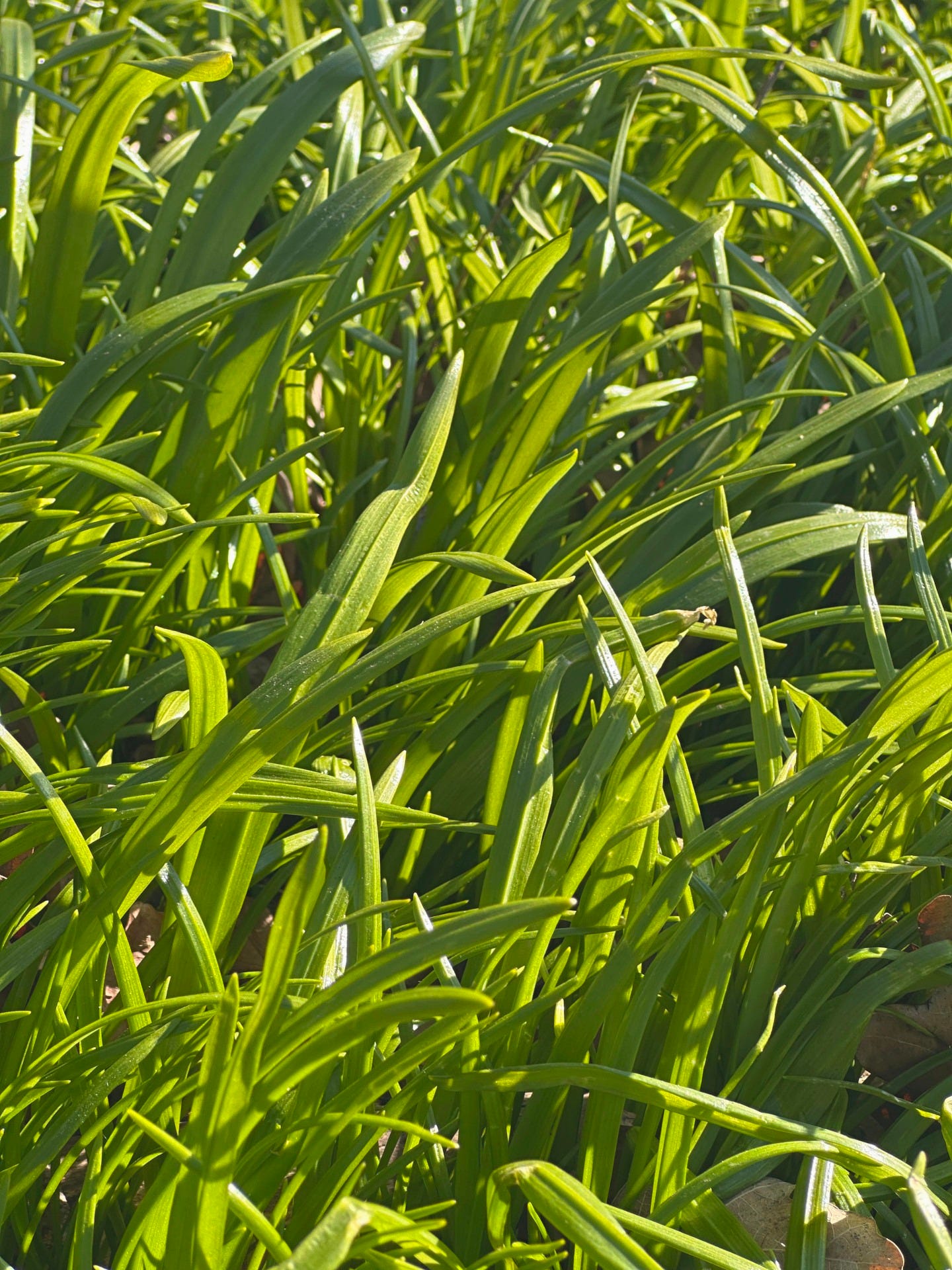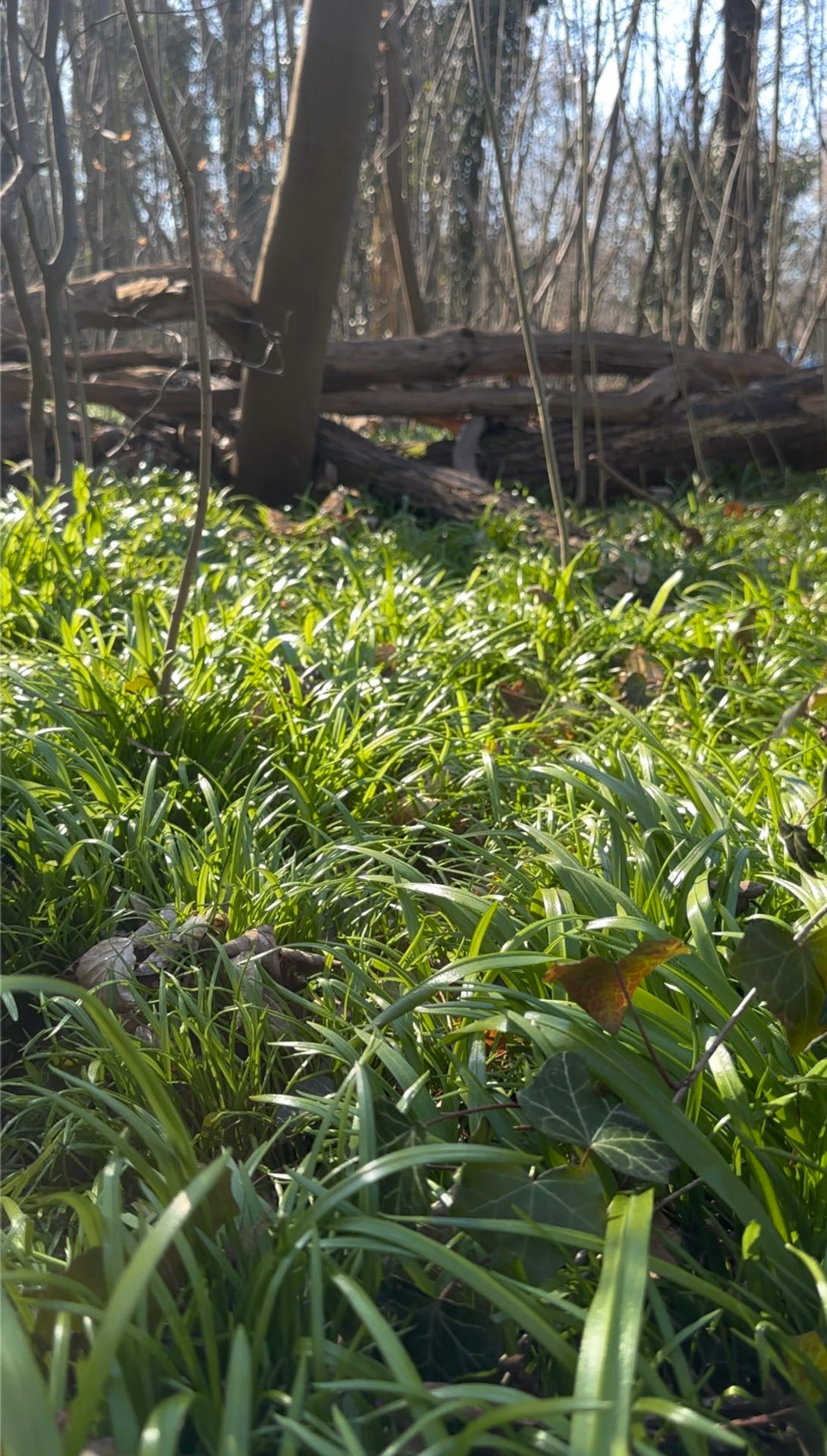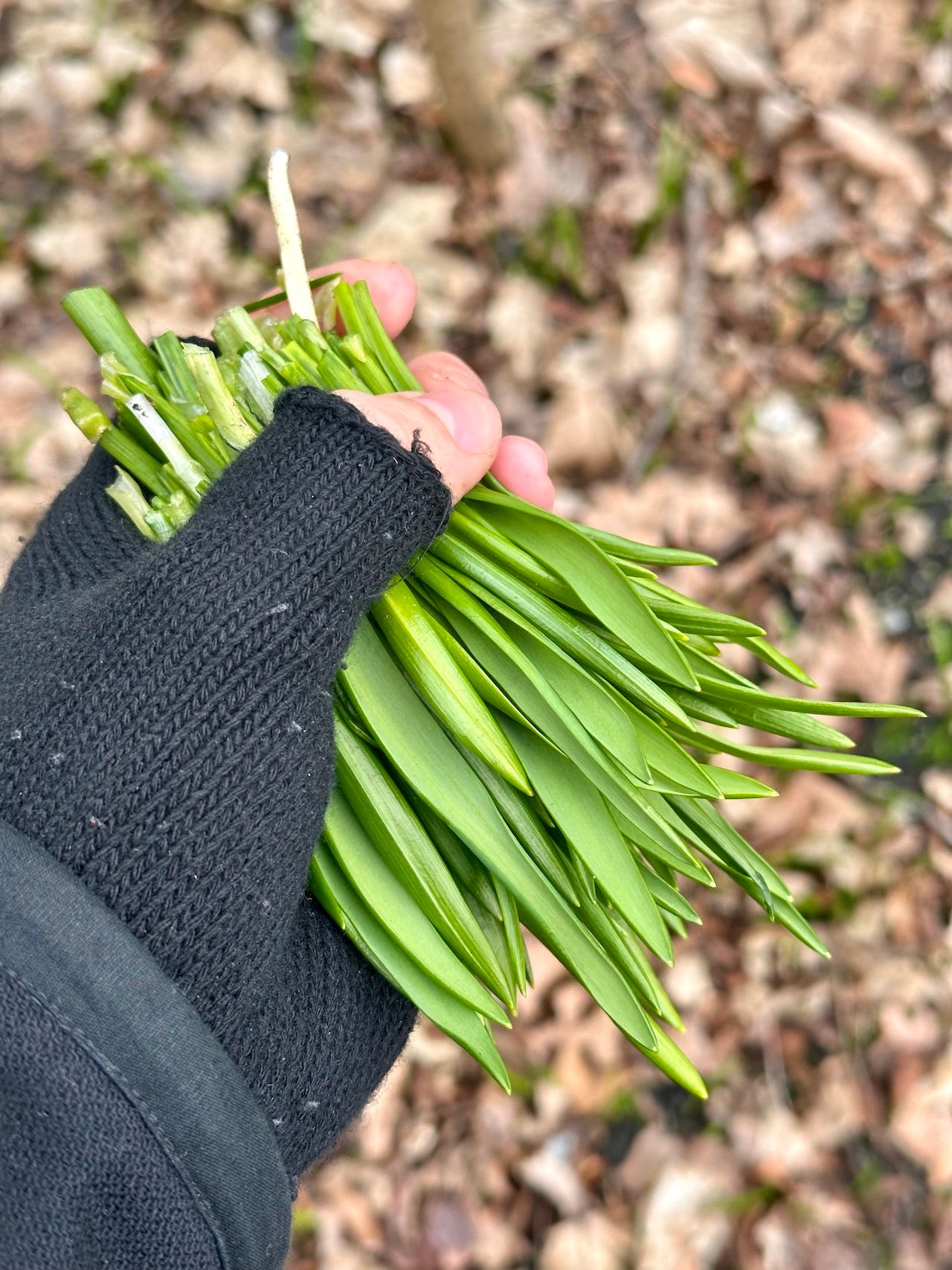Berlin's most popular spring forage (guest post from Michi Müller)
Bärlauch's Berliner cousin, Wunderlauch aka few-flowered leek.
Spring Foraging & Upcoming Foraging Event
The sun is out and it’s time to hit the greenery around Berlin in search of a tasty bounty. To lead us in our explorations, we our first guest poster and Berlin-based forager: Michi Müller.
In this spring issue of our newsletter, Michi will tell us more about how to find and prepare Wunderlauch, also known as few-flowered leek.
We will meet again with Michi on June 1st to make wild-fermented soda from foraged plants in a free community event.
In the following days, we’ll be releasing our full summer schedule for community events and upcoming workshops. More details on our foraging event with Michi to come.
Now, let’s leave the stage to Michi.
Berlin's most popular spring forage
In many parts of Germany, the forests will start to smell like fresh garlic during this time of the year. The culprit is often the native wild garlic—a tasty plant with a great aroma and several culinary uses. Finding it can be as easy as walking into the right forest, closing your eyes, and following your nose.
A common misconception is that the garlic scent that permeates some Berlin forests during springtime is due to the wild garlic plant known as Bärlauch. But lo and behold, it's not actually wild garlic, Allium ursinum. It's a foreign, garlicky friend who came from abroad and really likes it here: the few-flowered leek. It doesn't just score with its aroma, but also with its name: Allium paradoxum. Paradox, as the people who discovered it found the aroma to be—contrary to their expectations—quite nice. In German, the plant has a number of names. Two common ones are "Berliner Wunderlauch" or "Seltsamer Lauch" (which literally translates to "strange leek").

The name Berliner Wunderlauch and the plant’s abundance here in Berlin go back to the German botanist "Bieberstein". About 200 years ago, Mr. Bieberstein discovered the strange leek in the Caucasus. In Europe, it was subsequently planted in botanical show gardens and house gardens as an ornamental. In Berlin, it thrived thanks to the swamp ecosystem surrounding the city. So much so that it eventually escaped the confines of show gardens. Wunderlauch has an affection for moist and rich soil, with Berlin locations like the Pfaueninsel or the Plänterwald providing an ideal home for it. There are even writings that date as far back as 1884, where huge few-flowered leek fields were reported here in Berlin.
Its aroma is similar to the native wild garlic plant, but there is a grim difference: the few-flowered leek is an invasive plant that displaces the native flora. That's good news for all foraging foodies though: it means you're actively protecting nature by making yourself some yummy few-flowered leek pesto!
For culinary uses, the plant is better in cold preparations. It starts losing aroma when heated up. Easy culinary uses are to prepare the leaves as herb butter, or pesto, or to add them chopped up to a white pasta sauce. The blossoms are great for pickling!

If you want to go further, fermenting the leaves brings the aroma in a different direction. A recipe I like is to mix the leaves with za'atar and cayenne pepper. Add 3% of the weight in salt. Massage this mix for a couple of minutes to crush up the cells and help the salt permeate into the leaves. Let this mix ferment in a clean glass for 1-2 weeks and you'll have a unique condiment that you can't buy in any supermarket.
With many ferments, I take a part, lay it out flat, and dry it slowly. Once it’s bone-dry, I grind it up into a spice. Drying this "few-flowered leek gone on a sunny vacation" ferment and mixing it into a powder makes for a unique spice with an umami punch.
Before you go out looking for your next evening meal, you need to be aware that there are poisonous look-alikes and you should only ever forage what you can identify clearly. Never munch on a hunch!

Two sites where you can read about the identification properties and see the dangerous look-alikes are here (English) and here (German).
Some sources recommend ripping up a leaf and smelling it to check for the characteristic garlic scent. Please be aware that there is a pitfall that you might know from cutting garlic: your fingers will still smell like garlic for the next two days. It's similar to few-flowered leek, if you forage some leaves everything you touch will smell like few-flowered leek. Be aware that look-alike plants can also grow in-between fields of few-flowered leek.

For your field exploration, you can check the website mundraub.org. It's a community-maintained website, where foragers enter the location of wild food plants. The website doesn't distinguish between wild garlic and few-flowered leek, you can filter for foraging locations under "Kräuter → Bärlauch".
Right now, mid-March, is the perfect time for a sunny Sunday walk in Plänterwald. Rest assured, you won't be the only one foraging few-flowered leek there.

Michi is a forager from Berlin. Despite his parents constantly warning him, “Don’t sit in front of the computer all day!”, he spent years doing exactly that—working in deep tech startups in Berlin.
Eventually, he realized they might have had a point. His passion for foraging took off when he discovered that there are many edibles in this world that you can't buy in any supermarket—the only way to experience their taste is to go out and forage them yourself.
You can follow Michi's explorations into the Berlin nature at @michi.is.foraging



